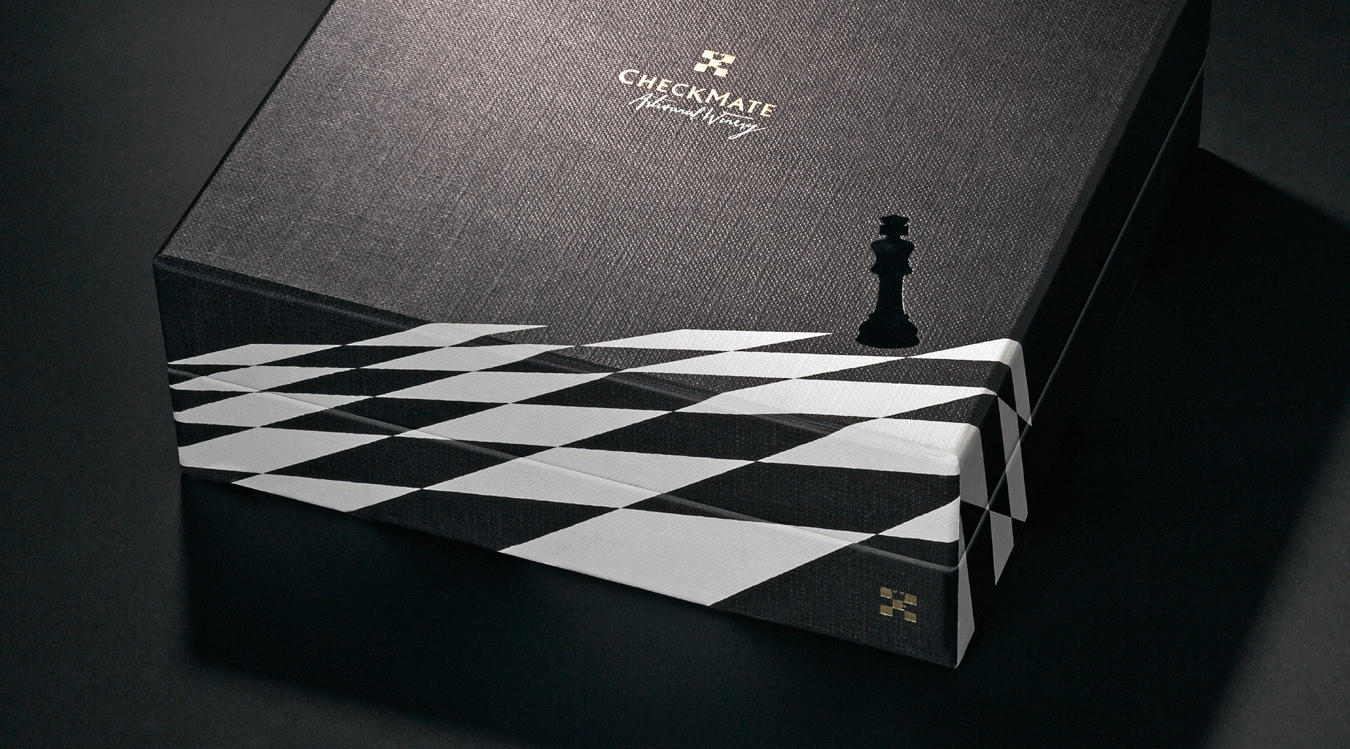Climate Change and its Impact on Wine
Change is in the air.

Talking about the weather is a safe topic. Dull, but safe. And in the last couple of years there’s been a lot to talk about, most recently Vancouver’s hot summer of 2015, or the near shorts weather in Toronto in December. It seems the global weather system is getting weirder and less predictable. And on the contentious but important subject of global warming? The study of how wine will react to climate change is one small but telling piece of the larger story of how agriculture as a whole will endure.
Long before there was scientific consensus concerning climate change, a Southern Oregon University climatologist named Gregory V. Jones was looking at how it might affect wine-grape growing. The world’s high-quality wine regions have been experiencing overall increased temperatures over the past 50 years, and while a change of 1.5°C doesn’t sound very dramatic, averaged over a growing season, this sort of temperature increase is significant. “The world of wine is changing in very interesting ways,” says Jones, in New York recently at the world premiere of CheckMate Artisanal Winery’s chardonnays. But it’s not all bad news. A changing climate means that colder regions like British Columbia’s Okanagan Valley have a shot at becoming major players like never before.
Climate plays an important role in expressing a place. Varieties that are best suited to a cool climate tend to produce wines that are more subtle, with lower alcohol and crisp acidity, while those from hot climates tend to be bigger, bolder wines, with higher alcohol, soft acidity, a fuller body, and more dark or lush fruit flavours. “Climate is in control here,” says Jones. “Geology or soil does not produce these general differences.”
“We’ve been watching the climate change, and we’ve been looking at our vineyards,” says Anthony von Mandl, proprietor of CheckMate Artisanal Winery, whose VMF Estates encompasses his family’s wineries and vineyards in the Okanagan. “I absolutely love great Burgundian white like a montrachet or a great meursault,” expresses von Mandl, “and I believed we had the opportunity to make wines in the New World that had the elegance and sophistication of the Old World.”
This did not happen overnight. The von Mandl family began their journey in the Okanagan Valley over 40 years ago. The first sign of the real potential of the vineyards came in 1994, with a surprise win at the International Wine and Spirit Competition in London for Best Chardonnay in the World. Figuring out which grapes perform best in which location is painstakingly slow and von Mandl has narrowed the selection for CheckMate to a total of seven acres of vines in three different locations. Winemaker Philip McGahan does not indulge in complex manipulation of the wines. The grapes are harvested by hand, at night when they are cool. He does wild ferments in barrels, stirs the lees periodically, and then lets the wines age until they are ready to be bottled, unfined and unfiltered. The resulting wines—Fool’s Mate, Little Pawn, Attack, Capture, and Queen Taken—are among the most sophisticated chardonnays so far from the Okanagan. These age-worthy wines raise the bar not only for Canadian chardonnay, but for the varietal as a whole.
“People in the wine industry don’t want to talk about [climate change],” says Jones. “If you are in a prestigious wine region, you don’t want to know that wine is being produced better in other regions.” The Okanagan Valley stands to benefit.




